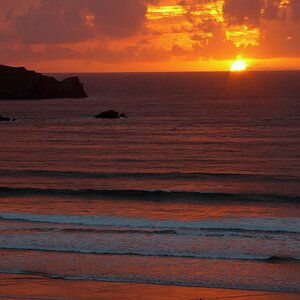Sideburns
TPF Noob!
- Joined
- Aug 14, 2007
- Messages
- 2,796
- Reaction score
- 0
- Location
- Windsor, Ontario
- Can others edit my Photos
- Photos OK to edit
Hello all. Well, I'm starting to try and assemble a kit of lights that I can use in my home as a makeshift studio setup to maybe make some small cash on the side.
Now, I don't really know what I need...so that's why I'm coming to ask.
I see a kit on B&H's website with 2 100 watt/second monolights with stands, boxes, and an umbrella...and case for it all for 259.95. They're made by "impact"..I dono if they're the best quality, but it's better than whatever I have (perhaps some nice LED flashlights lmfao)
here's a link: http://www.bhphotovideo.com/c/product/404508-REG/Impact__Two_Monolight_Kit_.html
But, I don't know if that's bright enough? Also, I am wondering if you could help me understand how to meter off of something like that? Since it obviously doesn't put out the same amount of light when it flashes..lol. Do you just try a lot?
Let's say I got that kit....what else would I need to make it work with my camera?
I understand I'll need a hotshoe to PC adapter....but what else?
Is there another suggestion for lights that you guys would make that's equally affordable? I want to be able to move them around fairly easily, and I don't want to be buying new bulbs every couple days because they have an extremely short life...
Any advice you can give me would be perfect, because I played around with my instructors lights and a model last night, and it was a blast. I really want to try this on my own with girls I know who have been asking for sessions.
Now, I don't really know what I need...so that's why I'm coming to ask.
I see a kit on B&H's website with 2 100 watt/second monolights with stands, boxes, and an umbrella...and case for it all for 259.95. They're made by "impact"..I dono if they're the best quality, but it's better than whatever I have (perhaps some nice LED flashlights lmfao)
here's a link: http://www.bhphotovideo.com/c/product/404508-REG/Impact__Two_Monolight_Kit_.html
But, I don't know if that's bright enough? Also, I am wondering if you could help me understand how to meter off of something like that? Since it obviously doesn't put out the same amount of light when it flashes..lol. Do you just try a lot?
Let's say I got that kit....what else would I need to make it work with my camera?
I understand I'll need a hotshoe to PC adapter....but what else?
Is there another suggestion for lights that you guys would make that's equally affordable? I want to be able to move them around fairly easily, and I don't want to be buying new bulbs every couple days because they have an extremely short life...
Any advice you can give me would be perfect, because I played around with my instructors lights and a model last night, and it was a blast. I really want to try this on my own with girls I know who have been asking for sessions.


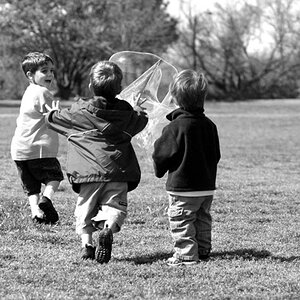
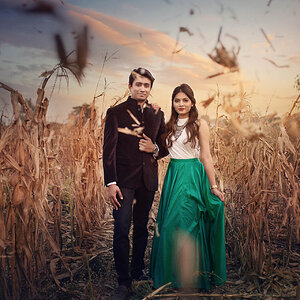
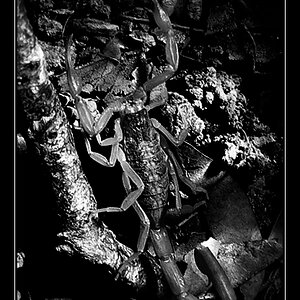
![[No title]](/data/xfmg/thumbnail/39/39645-11fae384f9fd2ec2813acc42adec0206.jpg?1619739148)
![[No title]](/data/xfmg/thumbnail/33/33440-0778f3522902634844facab43c5a29fa.jpg?1619735969)
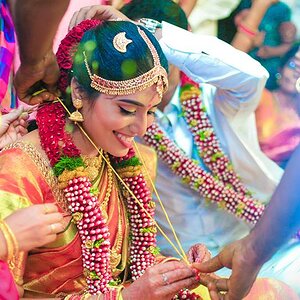
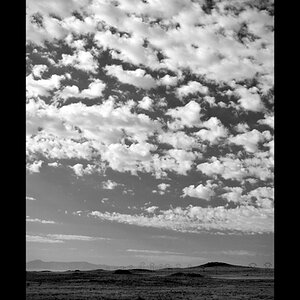
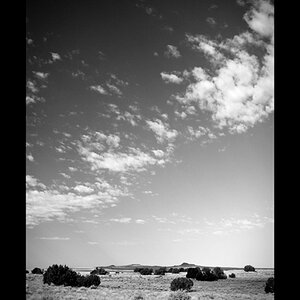
![[No title]](/data/xfmg/thumbnail/38/38263-ad5e4c9e677626ddb5b1e7cdf9ebe40e.jpg?1619738548)
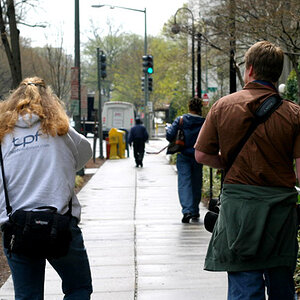
![[No title]](/data/xfmg/thumbnail/32/32632-476f3d925401f13cffe1cc2b41945614.jpg?1619735553)
